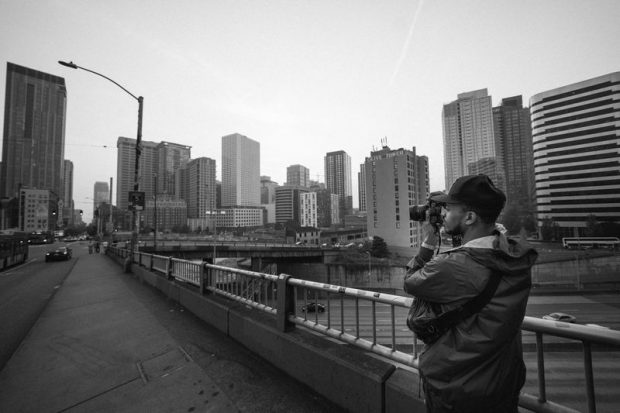Some Ideas on Framing Streets You Need To Know
Framing Streets Can Be Fun For Everyone
Table of ContentsThe Main Principles Of Framing Streets Facts About Framing Streets UncoveredThe 3-Minute Rule for Framing StreetsFacts About Framing Streets UncoveredThe Main Principles Of Framing Streets Our Framing Streets Statements
, normally with the aim of recording pictures at a definitive or touching moment by mindful framework and timing. https://peatix.com/user/20569123/view.
6 Simple Techniques For Framing Streets
Susan Sontag, 1977 Street digital photography can concentrate on individuals and their habits in public. In this regard, the street professional photographer is similar to social documentary photographers or photographers who also work in public areas, but with the purpose of capturing newsworthy occasions. Any one of these digital photographers' pictures might record individuals and home noticeable within or from public places, which commonly requires navigating ethical problems and regulations of privacy, safety and security, and residential property.
Representations of daily public life develop a genre in almost every duration of world art, starting in the pre-historic, Sumerian, Egyptian and very early Buddhist art durations. Art taking care of the life of the road, whether within views of cityscapes, or as the leading theme, shows up in the West in the canon of the Northern Renaissance, Baroque, Rococo, of Romanticism, Realism, Impressionism and Post-Impressionism.
The 7-Second Trick For Framing Streets
Louis Daguerre: "Boulevard du Temple" (1838 or 1839) In 1838 or 1839 the first picture of figures in the road was recorded by Louis-Jacques-Mand Daguerre in among a set of daguerreotype sights extracted from his workshop home window of the Boulevard du Temple in Paris. The second, made at the height of the day, reveals an unpopulated stretch of street, while the various other was taken at concerning 8:00 am, and as Beaumont Newhall reports, "The Boulevard, so constantly full of a moving throng of pedestrians and carriages was completely solitary, except a person who was having his boots combed.
, that was inspired to carry out a similar documents of New York City. As the city established, Atget aided to promote Parisian roads as a worthwhile topic for photography.

The 3-Minute Rule for Framing Streets
The principal Mass-Observationists were anthropologist Tom Harrisson in Bolton and poet Charles Madge in London, and their initial report was generated as guide "May the Twelfth: Mass-Observation Day-Surveys 1937 by over 2 hundred onlookers" [] Window cleaner at Kottbusser Tor, Berlin, by Elsa Thiemann c. 1946 The post-war French Humanist Institution professional photographers discovered their topics on the road or in the restaurant. Andre Kertesz.'s widely appreciated Images la Sauvette (1952) (the English-language edition was entitled The Decisive Minute) advertised the idea of taking an image at what he called the "definitive minute"; "when form and web read review content, vision and make-up merged into a transcendent whole" - copyright a7iv.
Framing Streets for Beginners
, after that a teacher of young kids, connected with Evans in 193839.'s 1958 publication,, was substantial; raw and frequently out of emphasis, Frank's images questioned conventional photography of the time, "tested all the formal policies laid down by Henri Cartier-Bresson and Pedestrian Evans" and "flew in the face of the wholesome pictorialism and wholehearted photojournalism of American magazines like LIFE and Time".